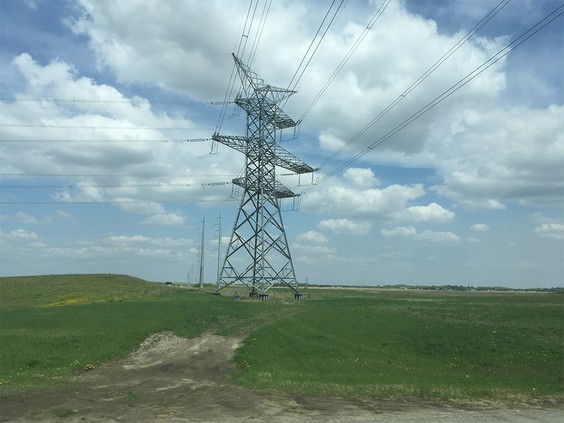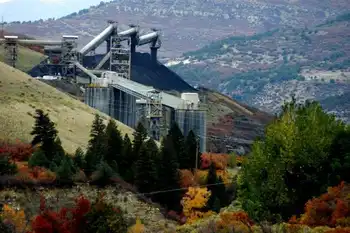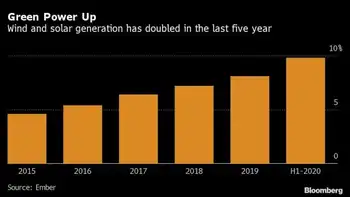Ontario coal plants may run longer
Donna Cansfield refused to commit to the deadline and even left a line out of her speech to a legislative committee that said the 2009 date "will not change," with the word not underlined.
Cansfield followed the rest of the 30-minute speech, on conservation and various aspects of electricity production in Ontario, to the letter.
"We will not shut down any coal-fired plants until there is sufficient new generation on line," she told the committee. Premier Dalton McGuinty has promised to close them within three years.
Critics and energy experts have warned time and again there will not be enough new power in place by the 2009 target — originally 2007 — to replace the 7,500 megawatts of power from coal-fired operations, which represents up to 25 per cent of Ontario's electricity.
Cansfield and her predecessor, Dwight Duncan, have said repeatedly there are 10,000 megawatts of new electricity generation, from various sources, on the books but as of yet there is not a shovel in the ground for any of the so-called projects — most of them gas-powered plants, which take at least two years to complete.
"You always need a goal... so our goal is firm. It's firm on conservation... and it's firm on the commitment towards the goal (of closing down the coal-fired plants)," she said. Cansfield emphasized to reporters that Ontario Power Generation must keep the monstrous Nanticoke plant and Lambton generating station on standby just in case projections for new electricity production aren't met.
Her comments come on the heels of a recent report by the Independent Electricity System Operators recommending that the stations at Lambton and Nanticoke be kept operating past the shutdown dates, which OPG says will happen.
The IESO balances demand for electricity against available supply through the wholesale market and directs the flow of electricity across the transmission system.
NDP Leader Howard Hampton said the Liberal government should just admit the deadline can't be met.
"The McGuinty government needs to give up the charade. Anybody who has looked at this has said you (the government) need to keep those coal plants there because you don't have a plan to replace the power.... The McGuinty government needs to come clean," Hampton said.
Power Workers' Union president Don MacKinnon said in a statement he was encouraged to learn the government might be taking a more practical approach to coal-fuelled electricity generation.
The government has already broken its election promise to close down all the coal-fired plants by 2007 for public health reasons, pushing the deadline back by two years.
The Liberal plan calls for the following phased-in closings of generating stations:
Lakeview, with 1,140 megawatts of generating capacity, which was closed in April 2005.
Thunder Bay, with 310 megawatts, is to be replaced by gas-fired generation in 2007.
Atikokan, with 215 megawatts, is to close by the end of 2007.
Lambton, with 1,975 megawatts, will close by the end of 2007.
Nanticoke, with 3,938 megawatts, will close units through 2008, with the last to shut in early 2009.
Atikokan expects to be hard hit by the plant closing, given that up to 90 people in the northern town of 3,600 work at the generating stations with another 80 spinoff jobs.
"It's the major employer in town... and is responsible for about one-third of the municipal taxes," said Patrick Reid, a former Conservative MPP for the area, who is working with the province to identify other employment opportunities and investments.
Related News

Russian Strikes on Western Ukraine Cause Power Outages
MOSCOW - Russia’s continued strikes on Ukraine have taken a severe toll on the country’s critical infrastructure, particularly its energy grid. In recent months, Western Ukraine has increasingly become a target of missile and drone attacks, leading to widespread power outages and compounding the challenges faced by the civilian population. These strikes aim to cripple Ukraine's resilience during a harsh winter season and disrupt its wartime operations.
Targeting Energy Infrastructure
Russian missile and drone assaults on Ukraine’s energy grid are part of a broader strategy to weaken the country’s morale and capacity to sustain the war effort. The attacks have…





